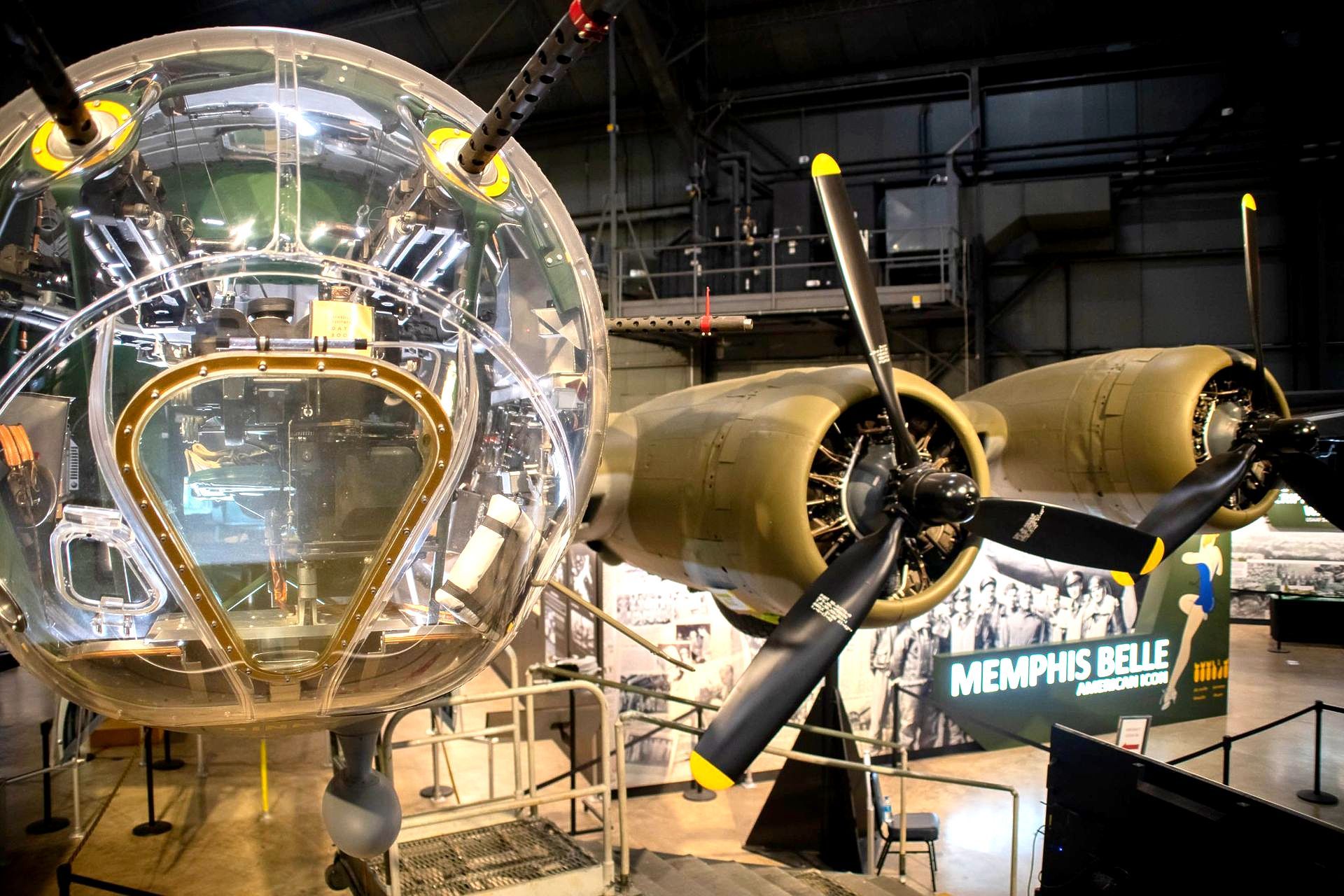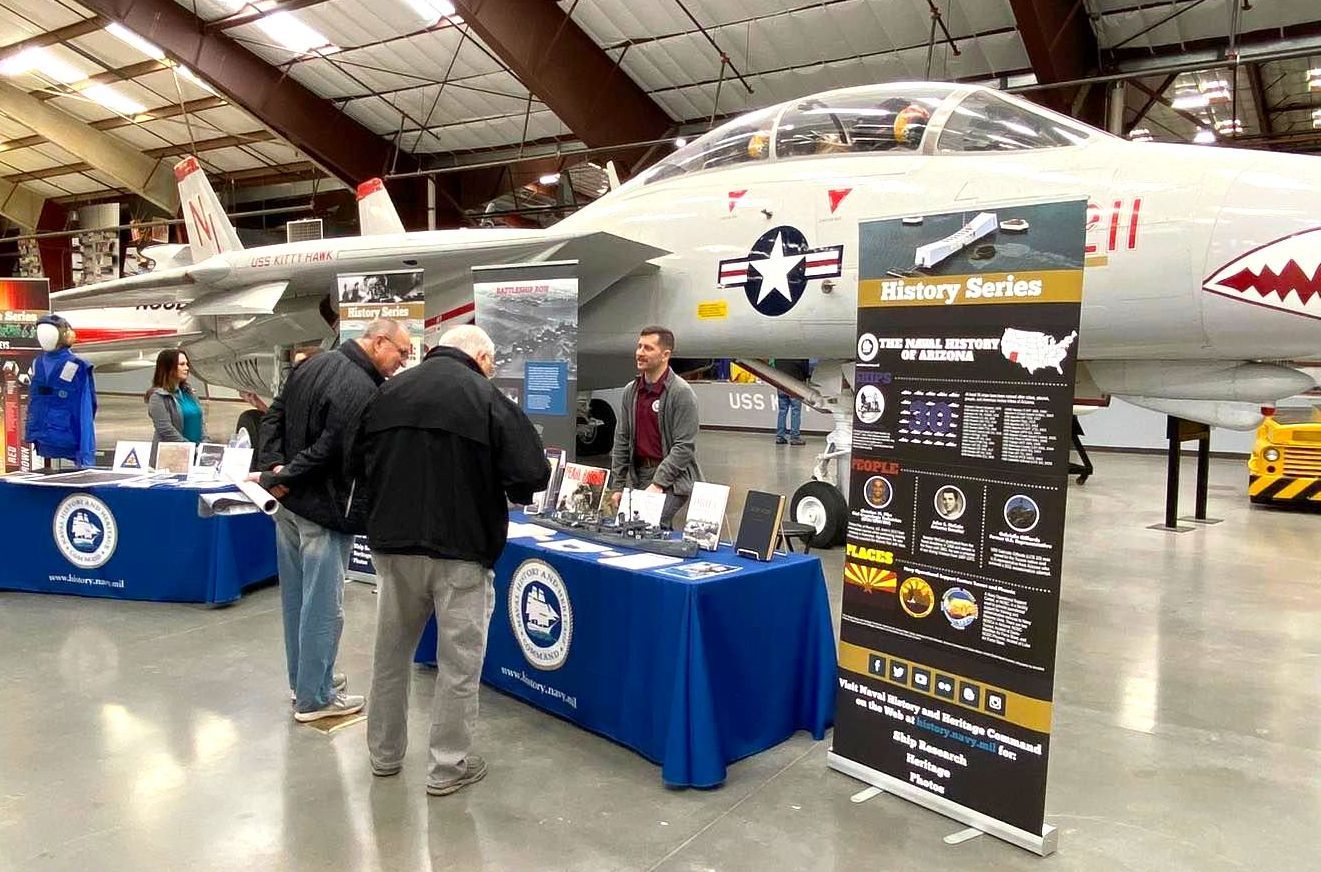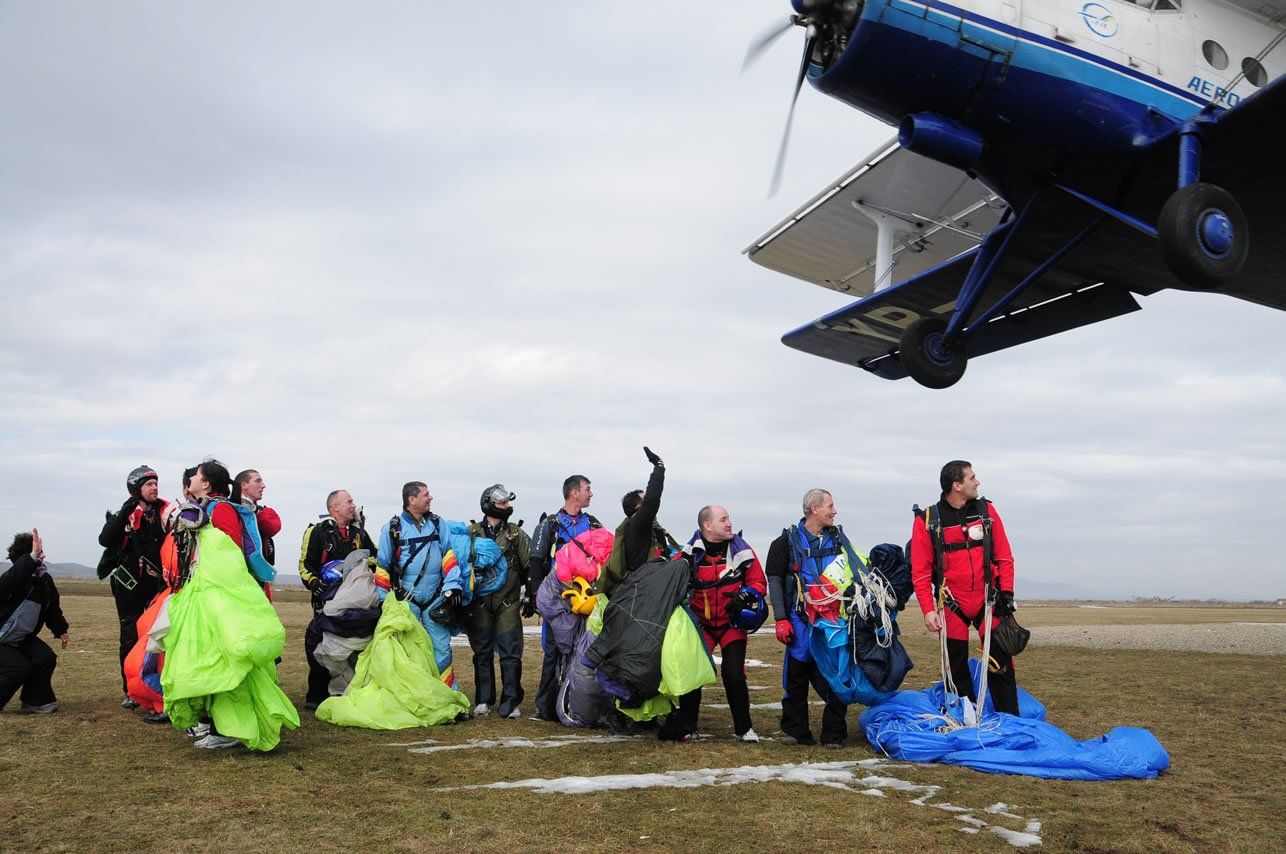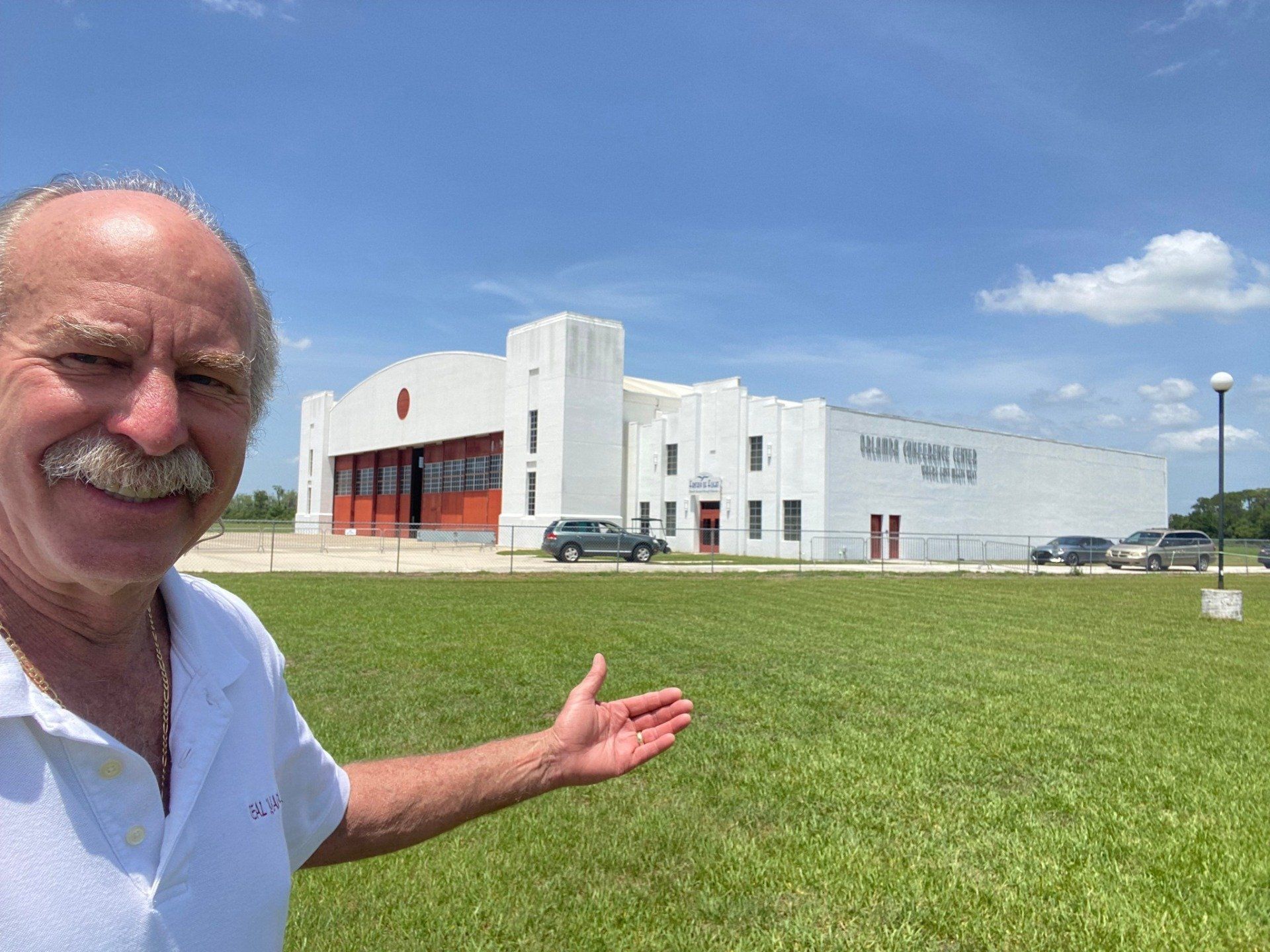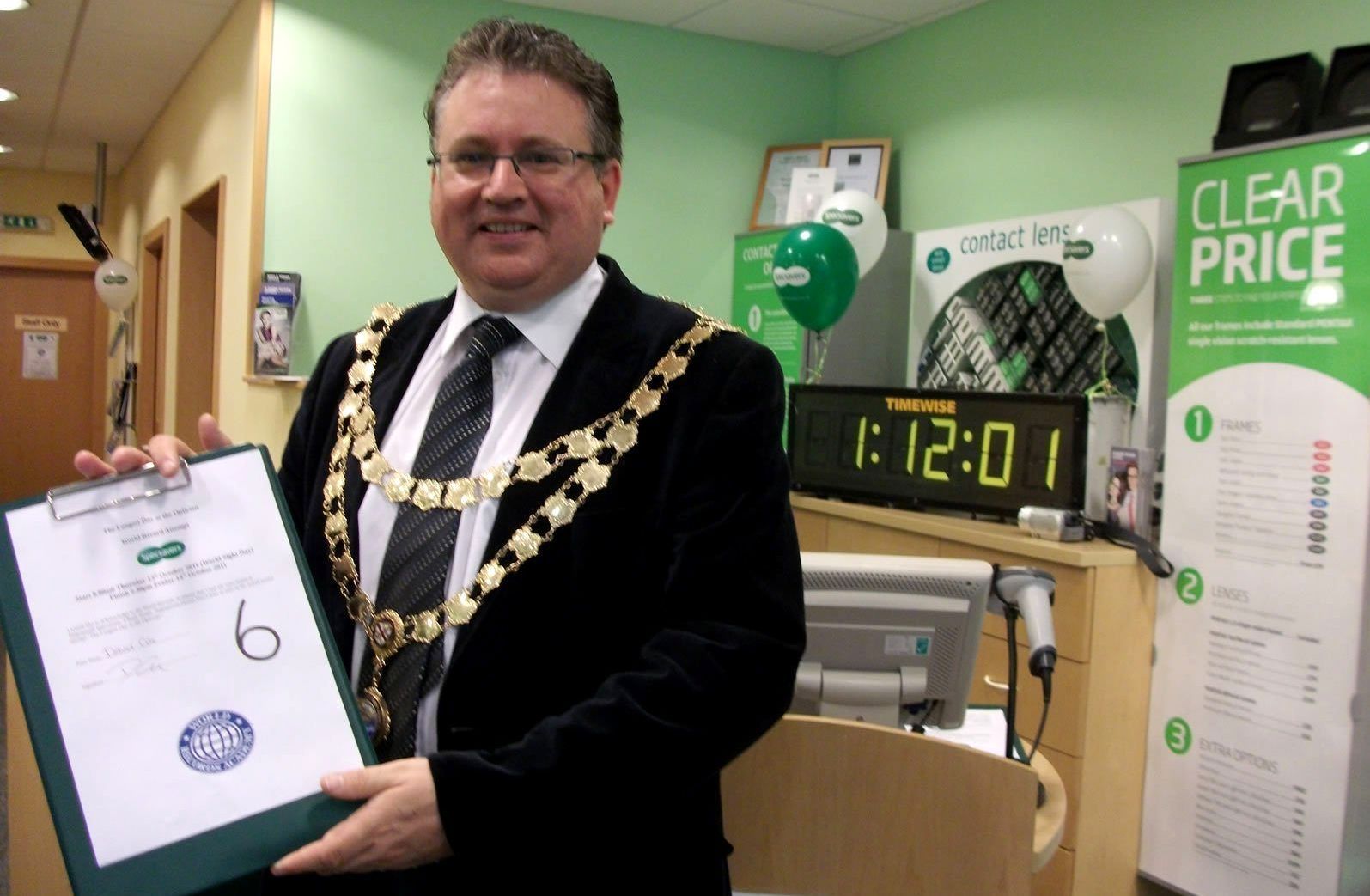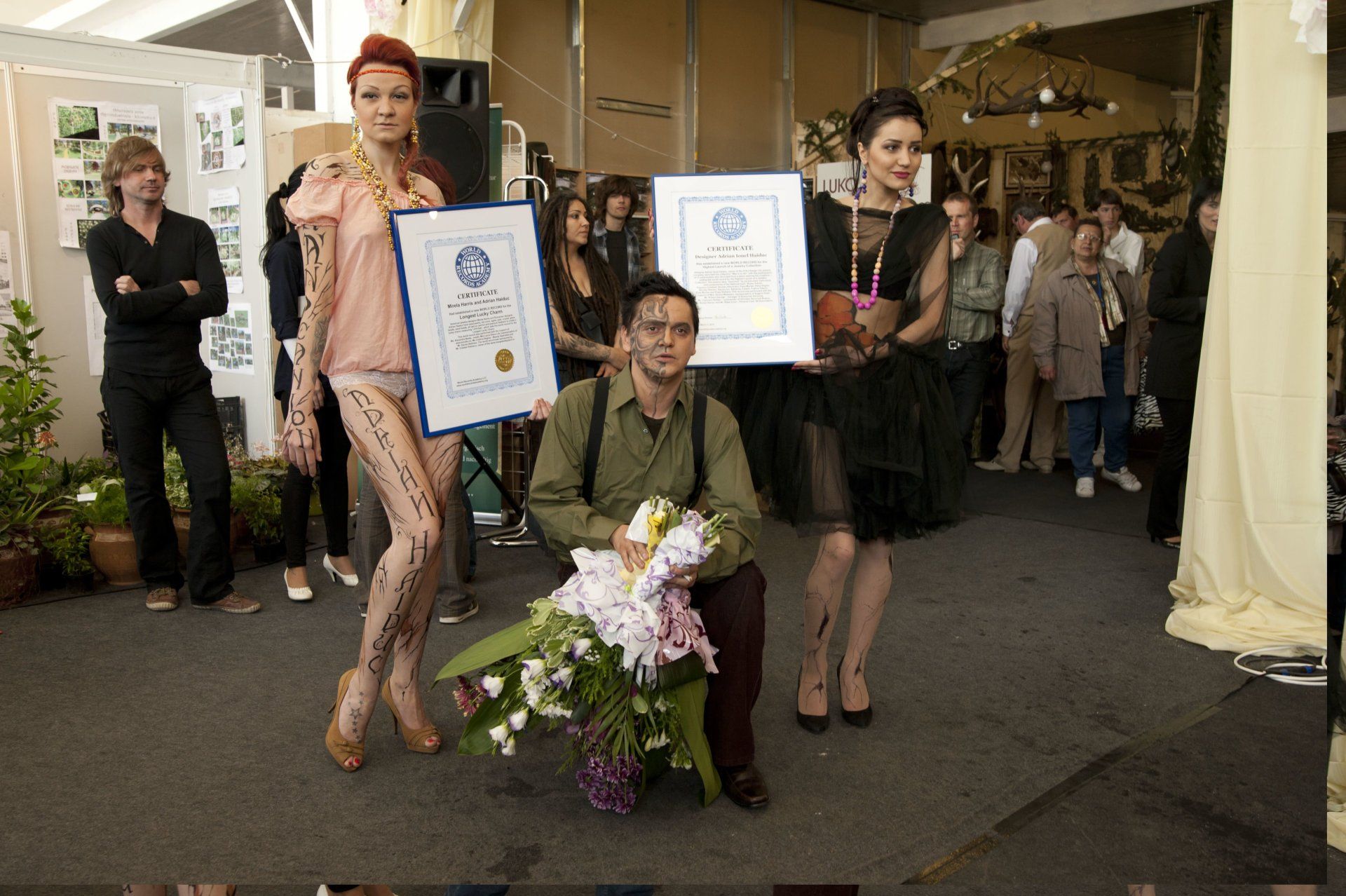World's First Person to Break the Sound Barrier: world record set by Chuck Yeager
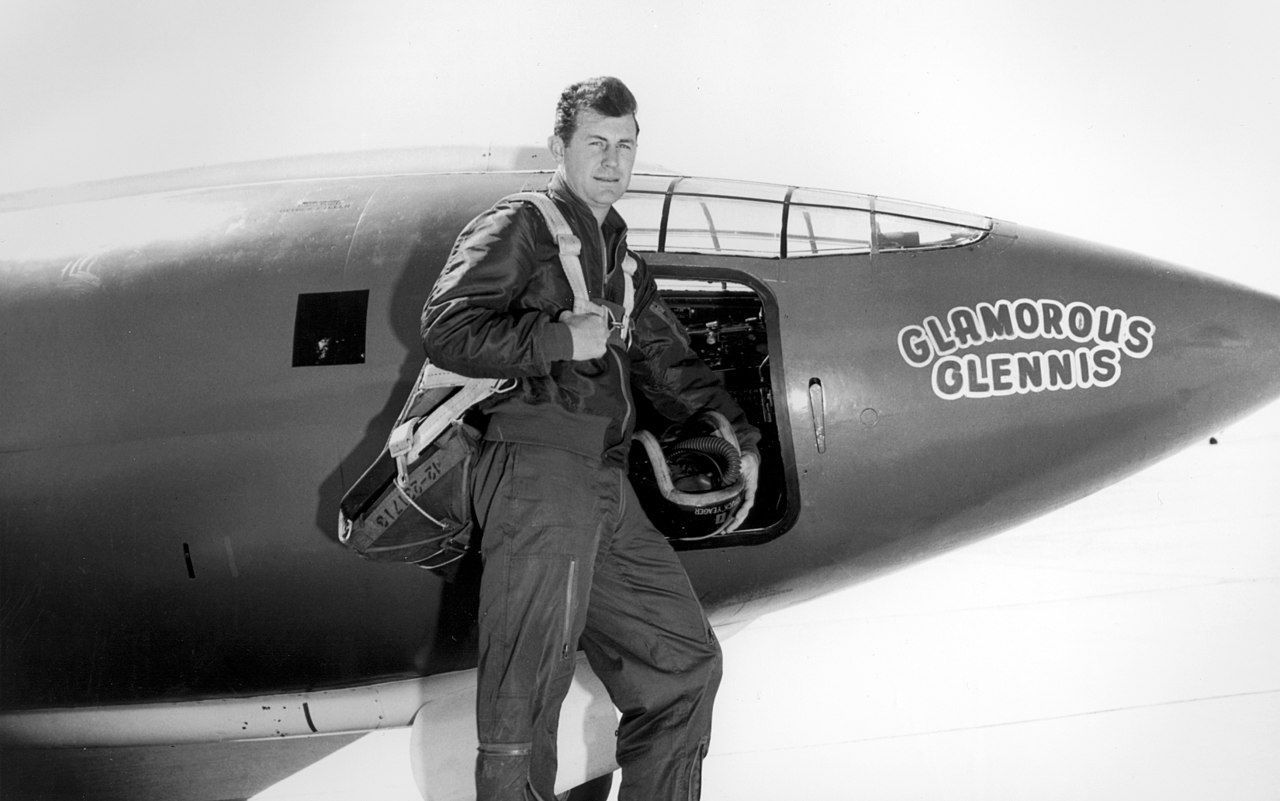
Hamlin, West Virginia, United States--Brigadier General Charles Elwood Yeager (February 13, 1923 – December 7, 2020) a United States Air Force officer, flew the experimental Bell X-1 at Mach 1 at an altitude of 45,000 ft (13,700 m), on October 14, 1947, setting the world record for being the World's first person to break the sound barrier, according to the WORLD RECORD ACADEMY.
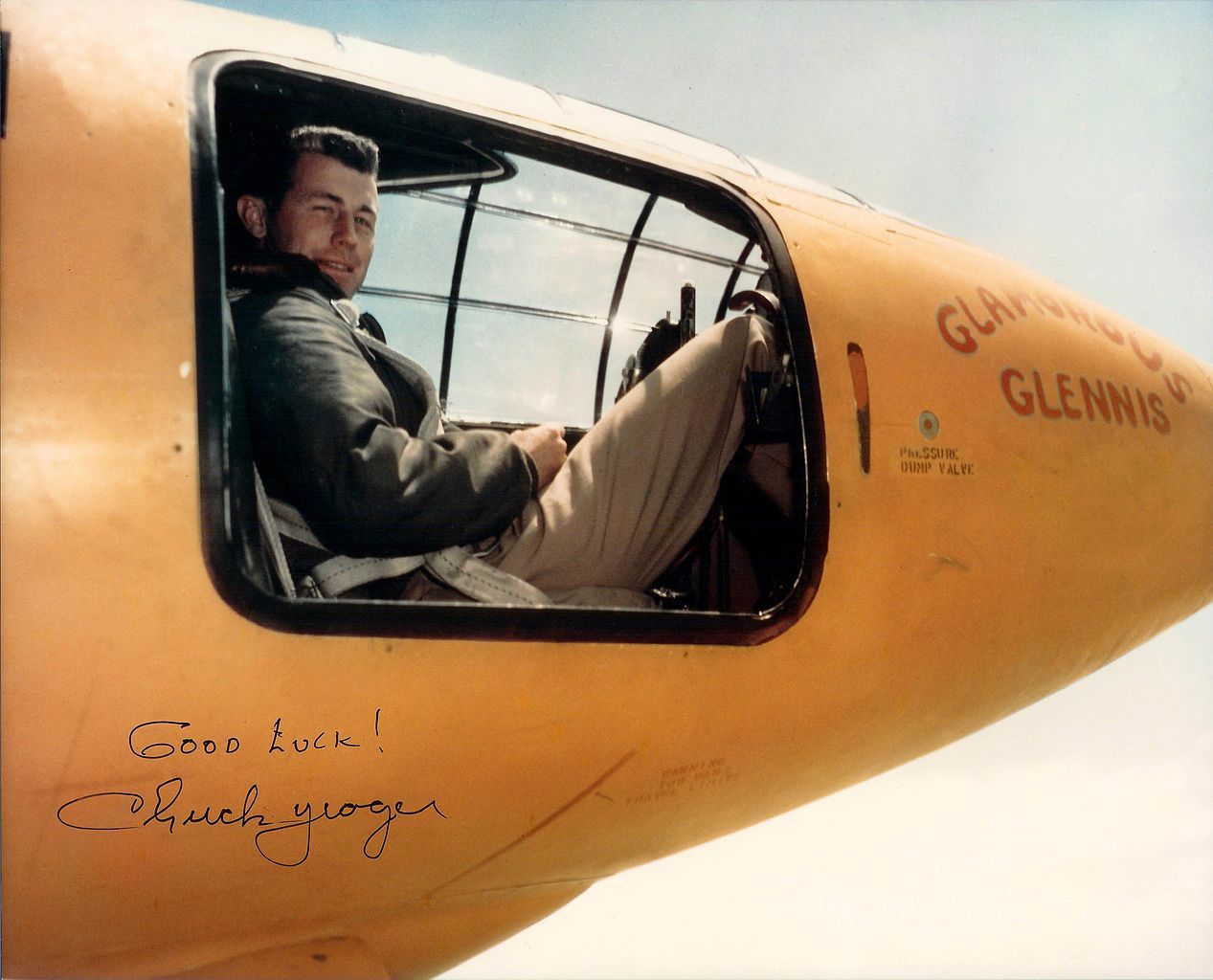
"Brigadier General Charles Elwood Yeager (February 13, 1923 – December 7, 2020) was a United States Air Force officer, flying ace, and record-setting test pilot who in October 1947 became the first pilot in history confirmed to have exceeded the speed of sound in level flight.
"Yeager was raised in Hamlin, West Virginia. His career began in World War II as a private in the United States Army, assigned to the Army Air Forces in 1941. After serving as an aircraft mechanic, in September 1942, he entered enlisted pilot training and upon graduation was promoted to the rank of flight officer (the World War II Army Air Force version of the Army's warrant officer), later achieving most of his aerial victories as a P-51 Mustang fighter pilot on the Western Front, where he was credited with shooting down 11.5 enemy aircraft (the half credit is from a second pilot assisting him in a single shootdown). On October 12, 1944, he attained "ace in a day" status, shooting down five enemy aircraft in one mission.
"After the war, Yeager became a test pilot and flew many types of aircraft, including experimental rocket-powered aircraft for the National Advisory Committee for Aeronautics (NACA). Through the NACA program, he became the first human to officially break the sound barrier on October 14, 1947, when he flew the experimental Bell X-1 at Mach 1 at an altitude of 45,000 ft (13,700 m), for which he won both the Collier and Mackay trophies in 1948. In 1962, he became the first commandant of the USAF Aerospace Research Pilot School, which trained and produced astronauts for NASA and the Air Force." (Wikipedia)
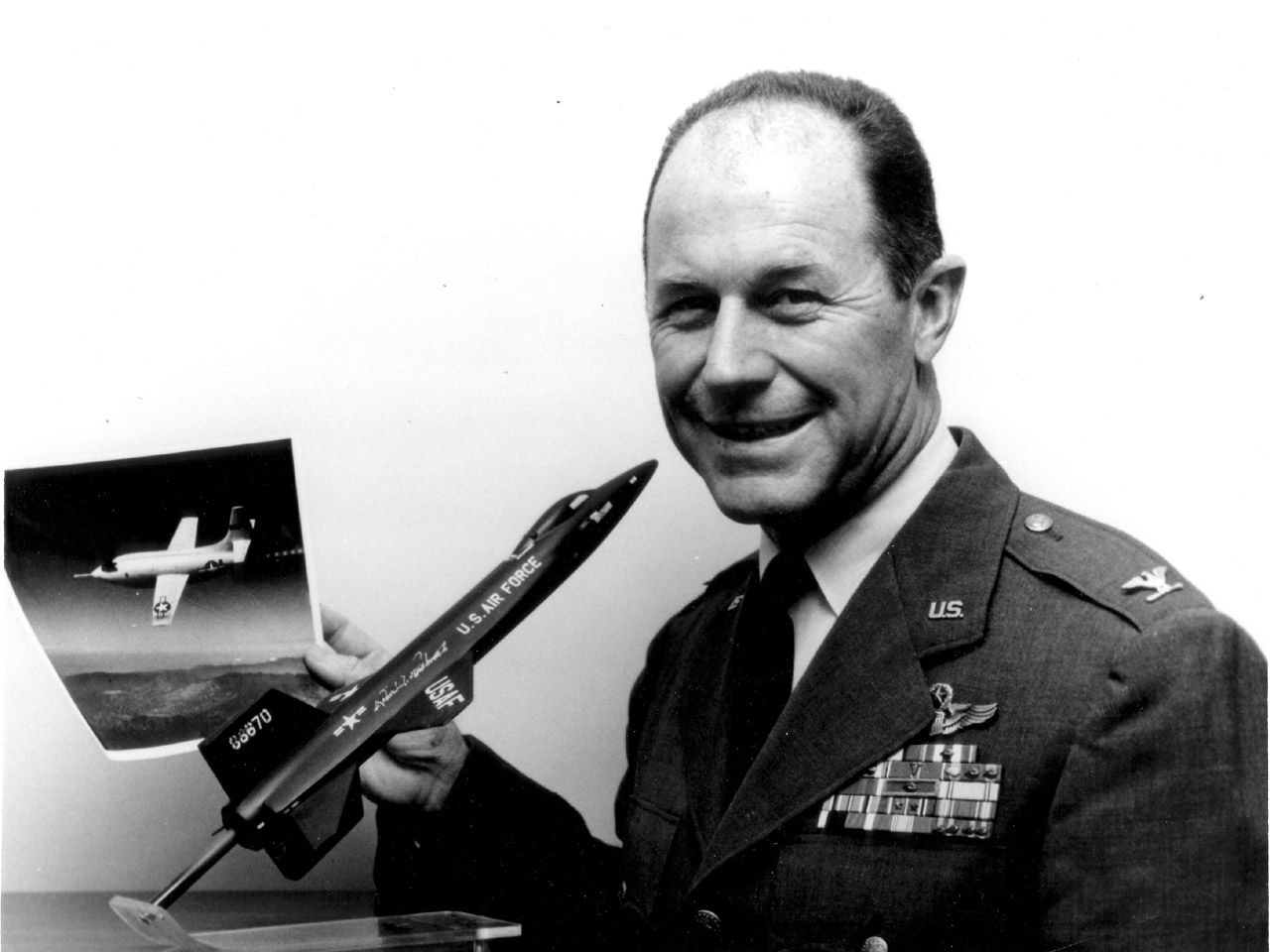
"His three-war active-duty flying career spanned more than 30 years and took him to many parts of the world, including the Korean War zone and the Soviet Union during the height of the Cold War.
"Yeager is referred to by many as one of the greatest pilots of all time, and was ranked fifth on Flying's list of the 51 Heroes of Aviation in 2013. Throughout his life, he flew more than 360 different types of aircraft over a 70-year period, and continued to fly for two decades after retirement as a consultant pilot for the United States Air Force."
(Wikipedia)
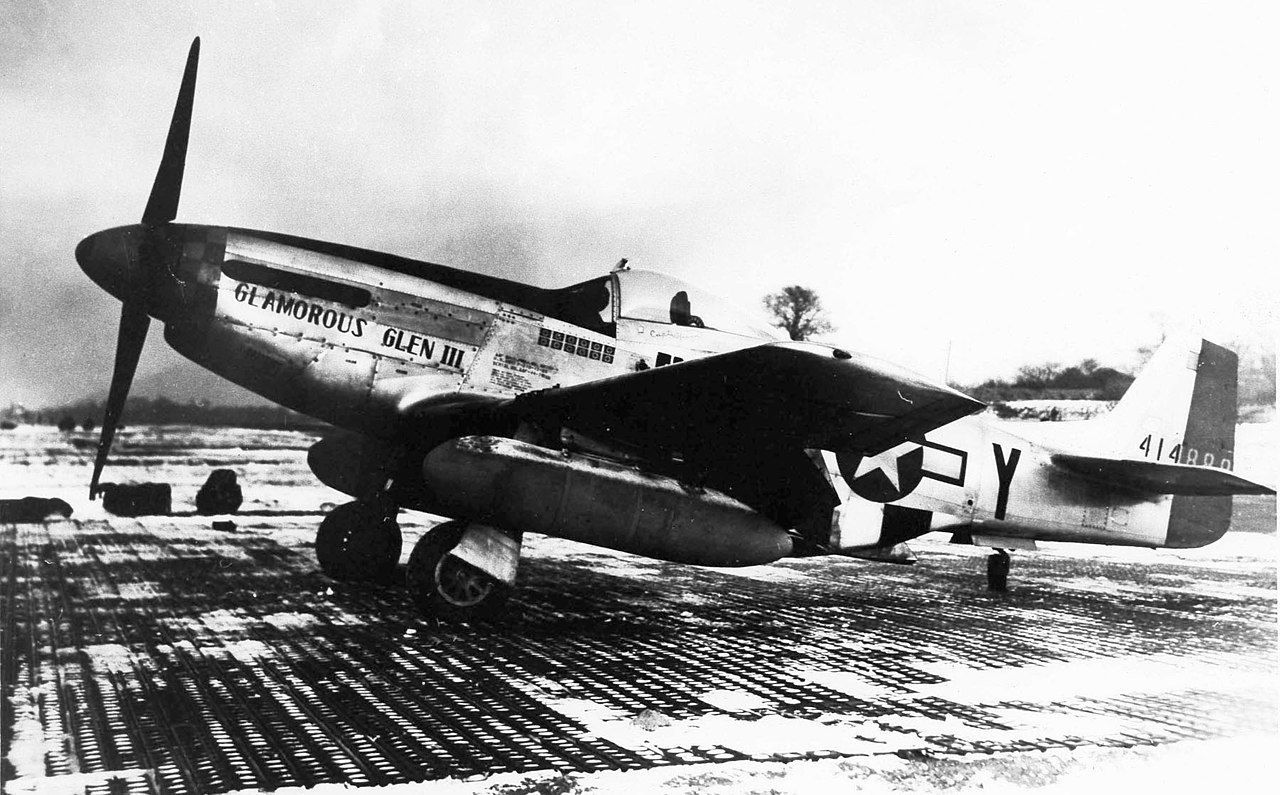
"Yeager remained in the U.S. Army Air Forces after the war, becoming a test pilot at Muroc Army Air Field (now Edwards Air Force Base), following graduation from Air Materiel Command Flight Performance School (Class 46C). After Bell Aircraft test pilot Chalmers "Slick" Goodlin demanded US$150,000 (equivalent to $2,050,000 in 2023) to break the sound "barrier", the USAAF selected the 24-year-old Yeager to fly the rocket-powered Bell XS-1 in a NACA program to research high-speed flight.
"Yeager broke the sound barrier on October 14, 1947, in level flight while piloting the X-1 Glamorous Glennis at Mach 1.05 at an altitude of 45,000 ft (13,700 m) over the Rogers Dry Lake of the Mojave Desert in California. The success of the mission was not announced to the public for nearly eight months, until June 10, 1948.
"Yeager was awarded the Mackay Trophy and the Collier Trophy in 1948 for his mach-transcending flight, and the Harmon International Trophy in 1954. The X-1 he flew that day was later put on permanent display at the Smithsonian Institution's National Air and Space Museum.[48] During 1952, he attended the Air Command and Staff College." (Wikipedia)
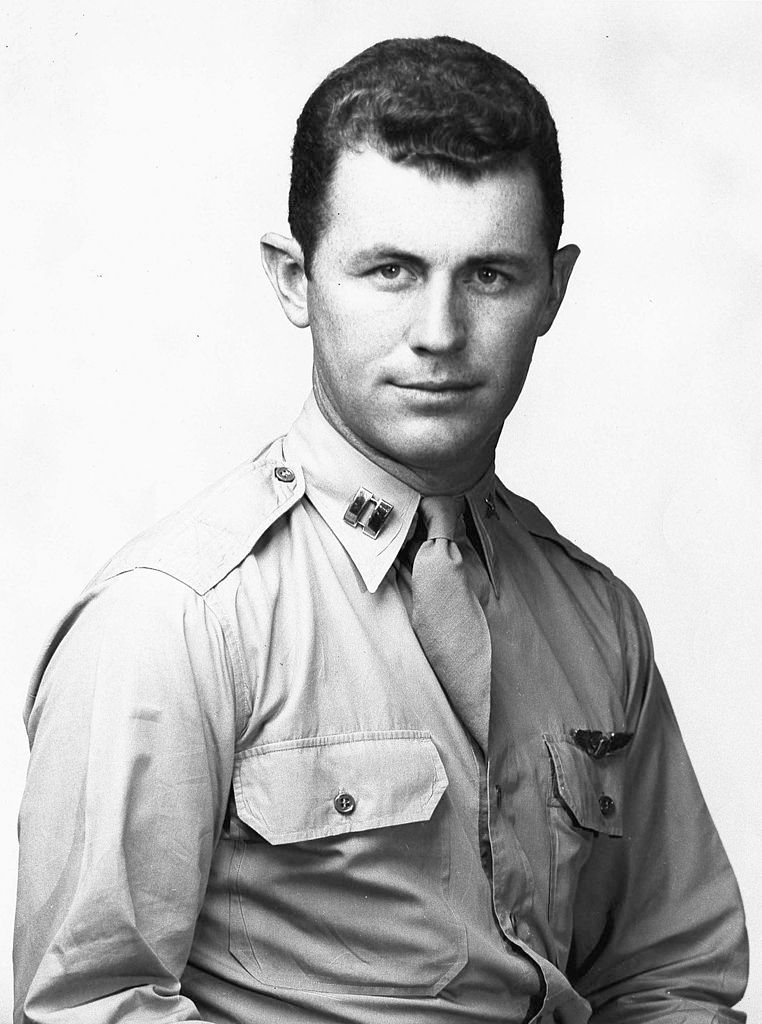
"Born in 1923, Yeager’s parents were farmers in Myra, West Virginia. He played basketball and football in high school, graduating in 1941. Inspired by his experience at a summer Citizens Military Training camp in Indiana, he enlisted with the US Army Air Forces that fall. Technically ineligible for flight training because of his age and lack of advanced education, Yeager was admitted to the program when World War II broke out, in part because of his excellent visual acuity," the aps.org says.
"The original plan was to choose a test pilot without a family, but Yeager argued that having a wife and little boy would make him more careful, and got the assignment. He later claimed he never worried about whether or not something would go tragically wrong. “It wasn’t my job to think about that. It was my job to do the flying.”
"On October 14, 1947, Yeager and the X-1 achieved 20 seconds of supersonic flight. “There was no buffet, no jolt, no shock,” he later recalled. “Above all, no brick wall to smash into. I was alive.” On the ground, however, the resulting change in pressure sounded like an explosion reverberating across the California desert."
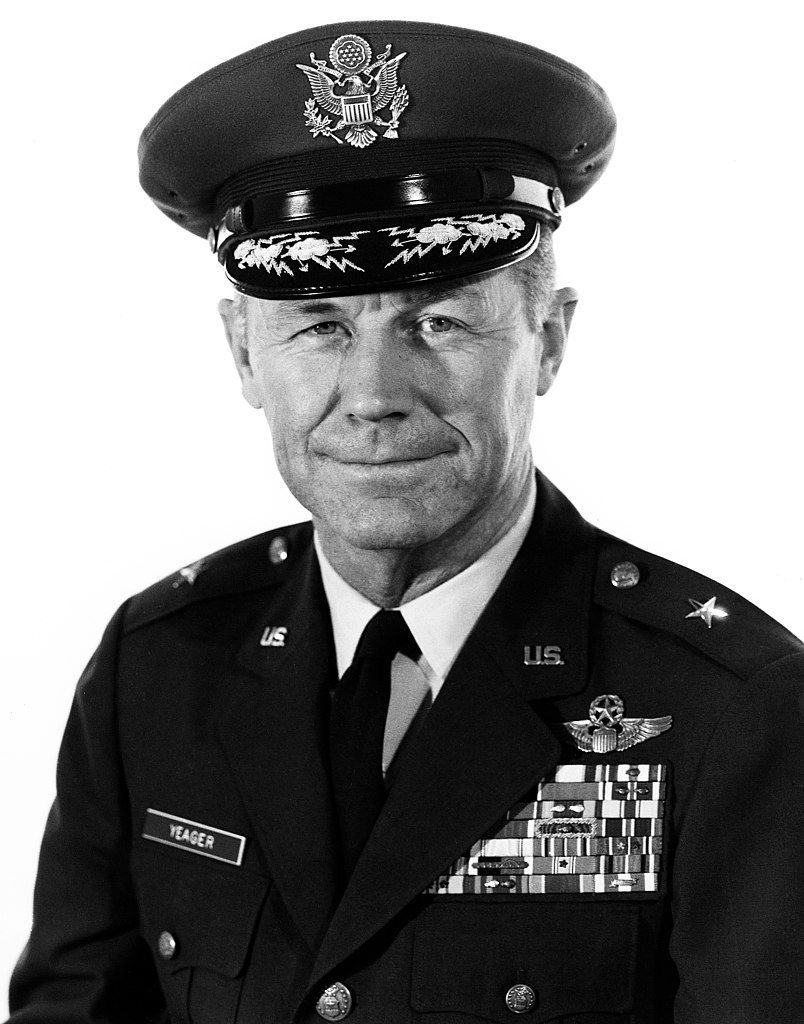
"Most pilots know Chuck Yeager for being one of the greatest aviators of all times, but few have heard how the day he broke the sound barrier unfolded. This is the story of the life of a war hero, an aviation daredevil pioneer and the day that would change the face of aviation," the Airside Magazine says.
"Soon, Chuck was up in the air, as the orange bullet-shaped Bell X-1 (named again Glamorous Glennis!) had been dropped from an airlift bomber. He fired up the rocket engine and broke the sound barrier minutes later, reaching a top speed of about Mach 1.07, equivalent to about 700 MPH at 43.000 feet. Yeager said in 1947 that he could have gone faster had his aircraft carried more fuel!
"He broke the sound barrier and showed the World that a human-made flying machine could make it without disintegrating, paving the way for the modern supersonic military and civilian jet era. In the context of Cold War, his milestone was not made public until about 8 months later, when he acquired worldwide fame.
"Yeager was awarded the Silver Star, the Distinguished Flying Cross, the Bronze Star, the Air Medal and the Purple Heart. President Harry S. Truman awarded him the Collier air trophy in December 1948 for breaking the sound barrier."
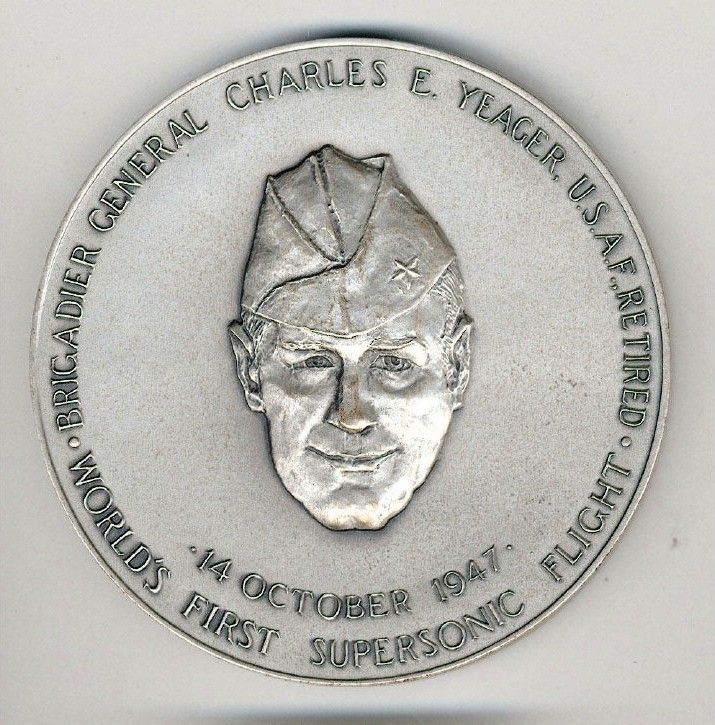
"The Bell X-1 was a revolutionary aircraft that played a crucial role in military aviation history. Developed by the Bell Aircraft Corporation in the 1940s, the Bell X-1 was designed to fly faster than the speed of sound, a feat that had never been accomplished before. In this blog, we will explore the history and significance of the Bell X-1, including its most famous pilot, Chuck Yeager," the avi-8.com says.
"The Bell X-1 was a rocket-powered aircraft that was designed to fly at supersonic speeds. The aircraft was developed in secret by the Bell Aircraft Corporation for the United States military, with the goal of breaking the sound barrier. The design of the Bell X-1 was unique, featuring a bullet-shaped fuselage and a rocket engine.
"The Bell X-1 was made of a heat-resistant material that could withstand the high temperatures generated by the friction caused by flying at supersonic speeds. The cockpit of the aircraft was pressurized, which allowed the pilot to fly at high altitudes."
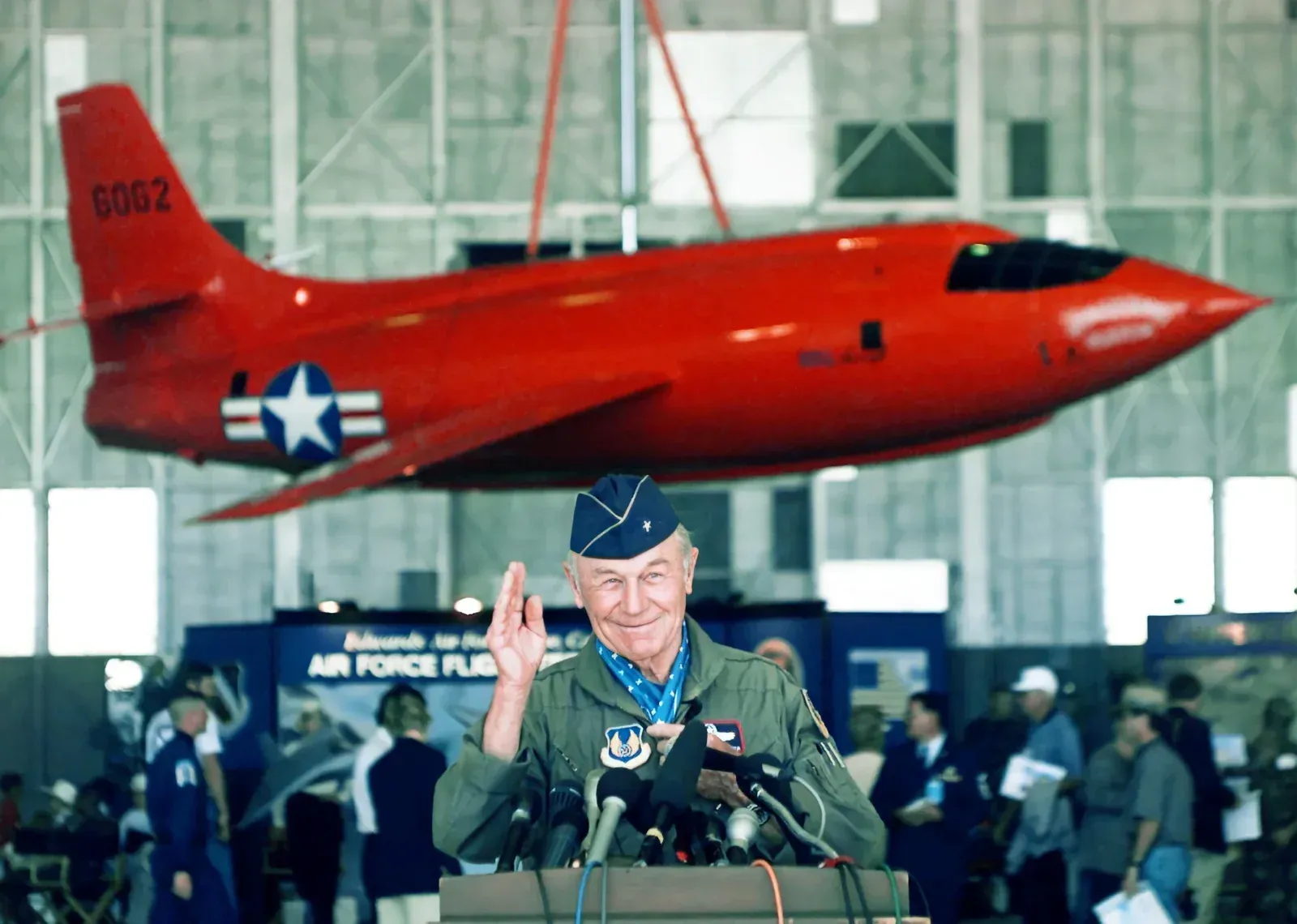
"Yeager became the first person to break the sound barrier on Oct. 14, 1947, while flying the Bell X-1 rocket plane 45,000 feet (13,700 meters) over the Rogers Dry Lake in the Mojave Desert," the Space.com says.
"During the flight, Yeager reached Mach 1.05, or 1.05 times the speed of sound. The aircraft, which he dubbed Glamorous Glennis after his first wife Glennis Yeager, who died in 1990. The Bell X-1 now hangs on display in the Smithsonian Air and Space Museum in Washington.
"Yeager would go on to fly even faster aircraft, including the Lockheed XF-104, which flew more than twice the speed of sound. His daring test flights were featured in Tom Wolfe's 1979 book "The Right Stuff" as well as the film adaptation and new Disney Plus series by the same name."
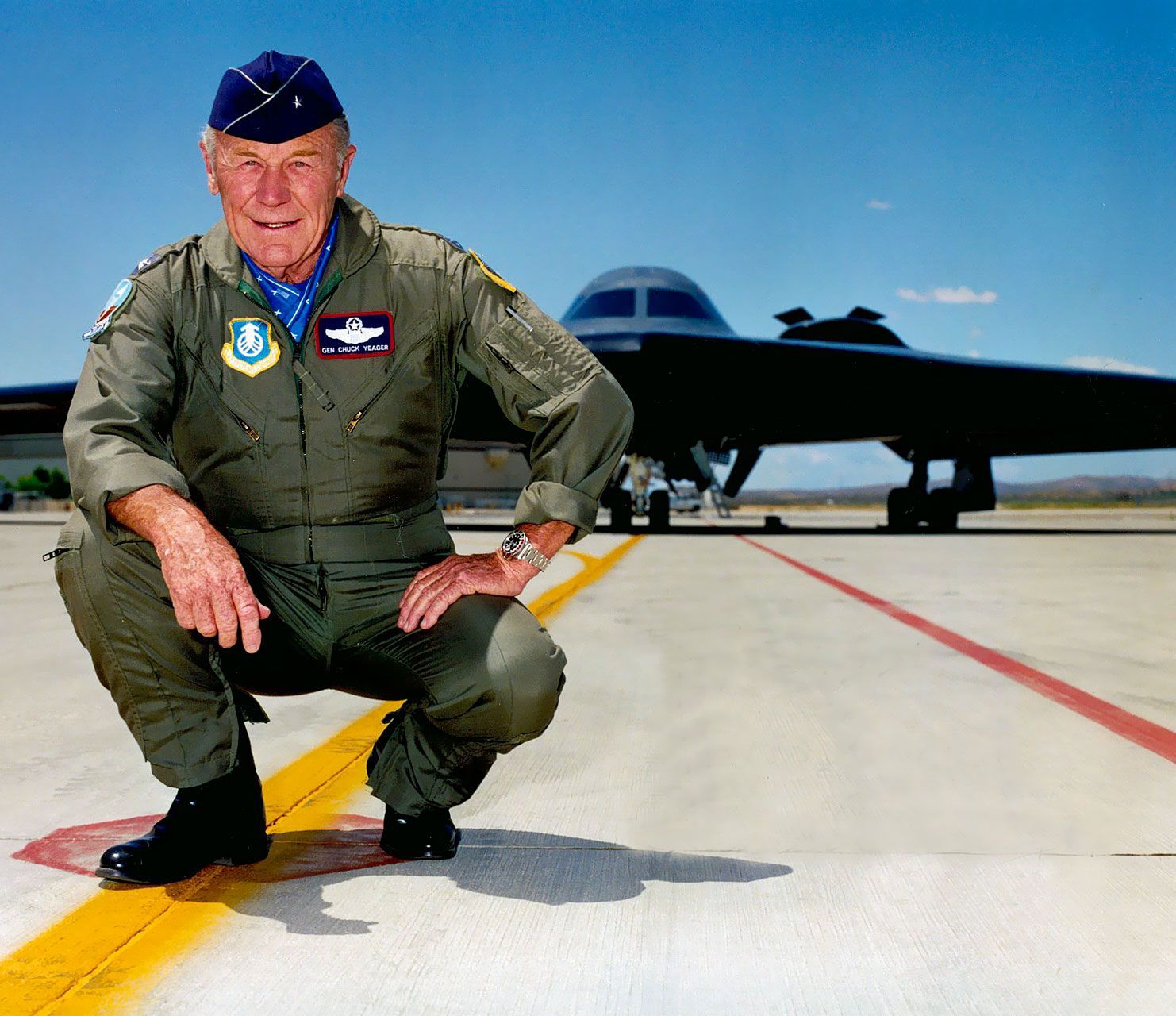
"Chuck Yeager (born February 13, 1923, Myra, West Virginia, U.S.—died December 7, 2020, Los Angeles, California) was an American test pilot and U.S. Air Force officer who was the first man to exceed the speed of sound in flight," the Britannica says.
"Yeager was chosen from several volunteers to test-fly the secret experimental X-1 aircraft, built by the Bell Aircraft Company to test the capabilities of the human pilot and a fixed-wing aircraft against the severe aerodynamic stresses of sonic flight.
"On October 14, 1947, over Rogers Dry Lake in southern California, he rode the X-1, attached to a B-29 mother ship, to an altitude of 25,000 feet (7,600 metres). The X-1 then rocketed separately to 40,000 feet (12,000 metres), and Yeager became the first man to break the sound barrier, which was approximately 662 miles (1,066 km) per hour at that altitude. The feat was not announced publicly until June 1948."
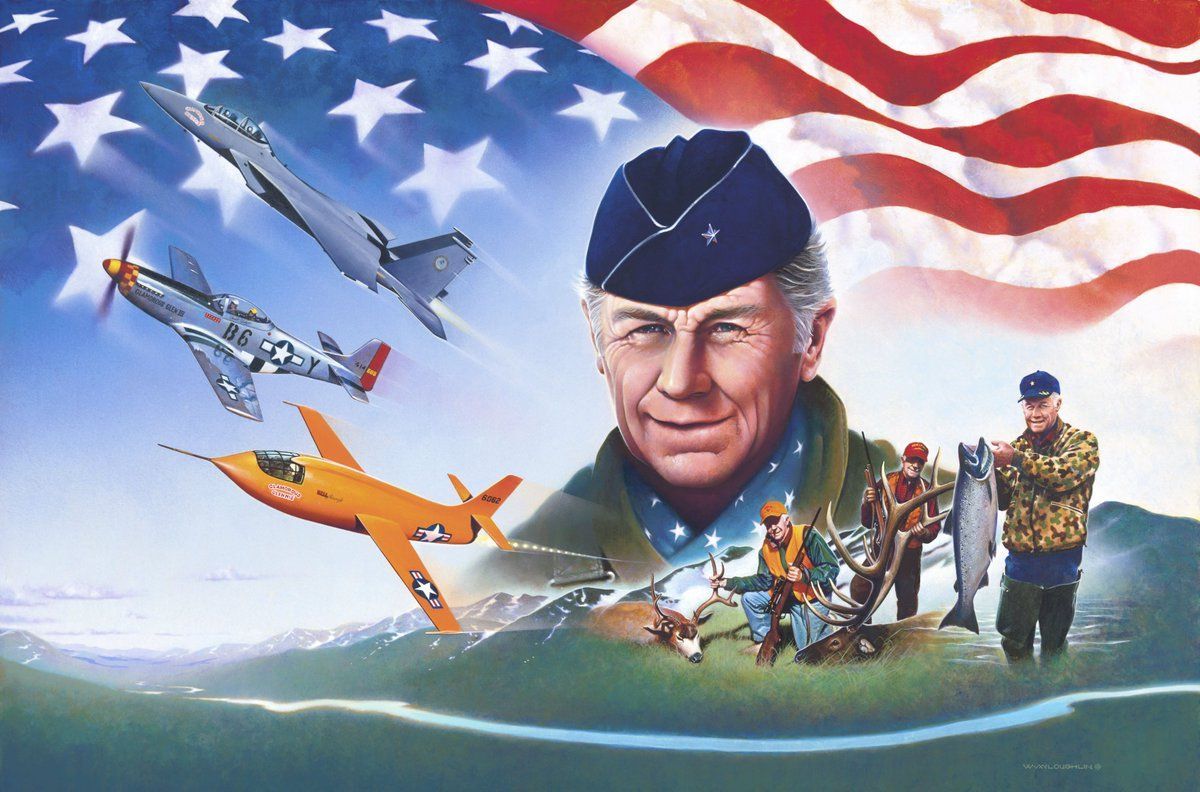
"Chuck Yeager, the most famous test pilot of his generation, who was the first to break the sound barrier and, thanks to Tom Wolfe, came to personify the death-defying aviator who possessed the elusive yet unmistakable “right stuff,” died on Monday in Los Angeles. He was 97," The New York Times says.
"His signal achievement came on Oct. 14, 1947, when he climbed out of a B-29 bomber as it ascended over the Mojave Desert in California and entered the cockpit of an orange, bullet-shaped, rocket-powered experimental plane attached to the bomb bay.
"An Air Force captain at the time, he zoomed off in the plane, a Bell Aircraft X-1, at an altitude of 23,000 feet, and when he reached about 43,000 feet above the desert, history’s first sonic boom reverberated across the floor of the dry lake beds. He had reached a speed of 700 miles an hour, breaking the sound barrier and dispelling the long-held fear that any plane flying at or beyond the speed of sound would be torn apart by shock waves."
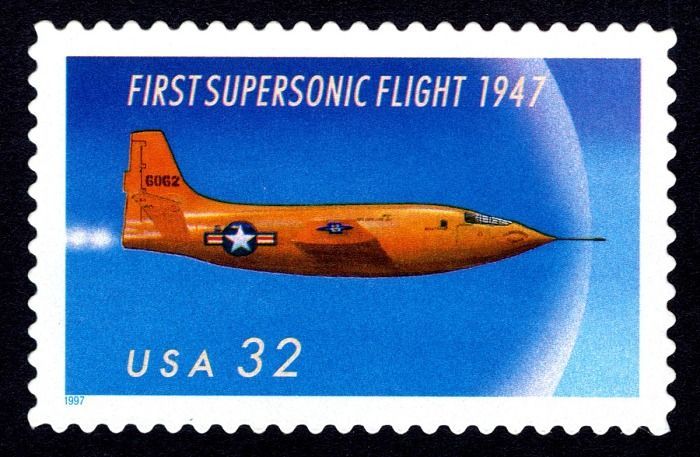
"Yeager went into the history books after his flight in the Bell X-1 experimental rocket plane in 1947. He later broke several other speed and altitude records, helping to pave the way for the US space program," the BBC says.
"On 14 October 1947, Yeager's plane - nicknamed Glamorous Glennis, in honour of his first wife - was dropped from the bomb bay of a B-29 aircraft above the Mojave Desert in the south-western US. Yeager, who was at the time just 24, managed to break the speed of sound at an altitude of 45,000ft (13,700m).
"It was a feat of considerable courage, as nobody was certain at the time whether an aircraft could survive the shockwaves of a sonic boom. The public was only told about the mission in June 1948."
Photos: World's first person to break the sound barrier: world record set by Chuck Yeager
(1) Chuck Yeager next to experimental aircraft Bell X-1 #1 Glamorous Glennis. Photo: U.S. Air Force photo/Wikimedia
(2) Captain Chuck Yeager sitting in Bell X-1 cockpit. Scanned from print signed by Chuck Yeager at Edwards AFB on March 1, 1994. Photo: US Air Force, Edwards AFB, Historian Office, restored at the direction of Dr. James O. Young/Wikimedia
(3) Col. Charles S. Yeager, Commandant of the USAF Aerospace Research Pilot School at the Air Force Flight Test Center, Edwards AFB, Calif., poses with a model of the North American X-15 high speed, high-altitude research aircraft. He holds a photograph of the Bell X-1 aircraft in which he became the first man to fly faster than the speed of sound on Oct. 14, 1947. US Air Force/Wikimedia
(4) "Glamorous Glen III," Chuck Yeager's P-51D during World War II. (U.S. Air Force photo)/Wikimedia
(5) Captain Charles E. Yeager as he would have looked around the time he took XS-1 through Mach 1. Source nationalmuseum.af.mil/Wikimedia
(6) Brigadier General Chuck Yeager, United States Air Force. Date between circa 1960s and circa 1970s. Author: United States Air Force/Wikimedia
(7) Congressional Silver Medal awarded to Gen. Charles Yeager in 1976. (front). Author United States Mint/Wikipedia
(8) Image from American Academy of Achievement/avi-8.com
(10) X.com/Chuck Yeager
(11) Copyright United States Postal Service. All rights reserved. Data Source: National Postal Museum
Related world records:
|
Alabama world records |
Alaska world records |
Arizona world records |
Arkansas world records |
California world records |
|
Colorado world records |
Connecticut world records |
Delaware world records |
Florida world records|
|Georgia world records | Hawaii world records| Idaho world records| Illinois world records| Indiana world records|
|Iowa world records | Kansas world records| Kentucky world records| Louisiana world records| Maine world records|
| Maryland world records| Massachusetts world records | Michigan world records | Minnesota world records |
| Mississippi world records | Missouri world records | Montana world records | Nebraska world records |
| Nevada world records | New Hampshire world records | New Jersey world records | New Mexico world records |
| New York world records | North Carolina world records | North Dakota world records | Ohio world records |
| Oklahoma world records | Oregon world records | Pennsylvania world records | Rhode Island world records |
| South Carolina world records | South Dakota world records | Tennessee world records | Texas world records |
| Utah world records | Vermont world records | Virginia world records | Washington world records |
| West Virginia world records | Wisconsin world records | Wyoming world records|
| Agriculture world records| Amazing careers world records | Arts world records |
| AMUSEMENT & THEME PARK WORLD RECORDS |
| Biggest world records | Business world records | Books world records | |
| Christmas world records | Collections world records | CATS world records | DOGS world records |
|Drinks world records | | Easter world records | Entertainment world records | FASHION world records |
|
Farming world records |
Fishing world records |
Food world records |
|
Games world records |
Green world records |
Halloween world records |
Hobbies world records|KIDS world records |
| Human Body world records | Internet world records | INVICTUS world records | JUSTICE world records |
| Mass Participation world record | Medical world records |
| Military world records | MEDICAL world records | MUSEUM world records | Modern Society world records |
|
Most Successful world records | Nature world records | New Year world records |
PET world records |
|
Religious world records | Science world records |
Skydiving world records
| Smallest world records | Sport world records | Stunts world records | Strength world records |
| Technology world records | Thanksgiving world records | Travel world records | Transport world records |
| Valentine's Day world records | Youngest world records |
| Weather world records | Wedding world records | WORLD'S FIRST world records |
